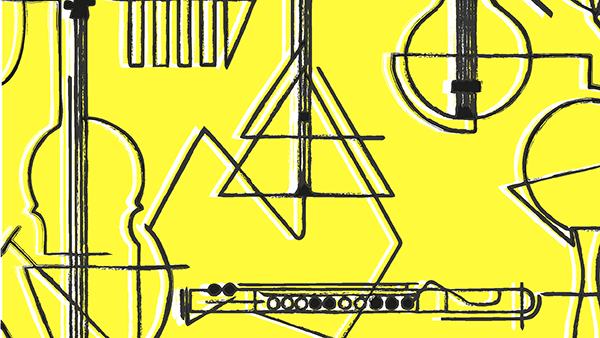You are viewing 1 of your 3 articles before login/registration is required
A Light Touch: Innovation in Cornea Repair Technology
New research presents a new technique for corneal repair without the need for human tissue donation
There are various clinical modalities available for treating corneal blindness, such as deep anterior lamellar keratoplasty (DALK) and therapeutic keratoplasty (TPK); however, though corneal transplants are currently considered the gold standard for a number of cornea-impacting diseases, millions of people worldwide are ineligible for the procedure and there is a global shortage of donated corneal tissue.
As an alternative to cornea transplantation, a research team at the University of Ottawa has developed a novel injectable biomaterial that could allow surgeons to perform on-the-spot repairs to the cornea without requiring any donated corneal tissue.
“[The new technology] presents an attractive and unique way to control corneal thickness and shape by using an injectable material that can be remotely activated using low energy pulsed blue light,” explains Emilio Alarcon of the University of Ottawa’s BioEngineering and Therapeutic Solutions (BEaTS) group.
The biomaterial – made of short peptides and glycosaminoglycans – is injected into the corneal tissue in the form of a viscous liquid, which is then pulsed with a low-energy blue light, causing the peptide-based hydrogel to harden and form a transparent 3D structure. The material exhibits similar mechanical properties to the cornea within minutes of being exposed to the blue light.
Having determined how the biomaterial reacted when injected in vivo rodent models and an ex vivo pig cornea model, the team plans to extend the research into larger animal models. Current data indicates the material can remain for several weeks in rodents, but Alarcon says testing in large animals with a one-year follow up will give a clearer picture of the material’s longer-term durability.
The team has a patent application in place for their technology and is presently in licensing negotiations; “We hope this patent will allow us to further advance this technology for future use in patients,” says Alarcon.
The New Optometrist Newsletter
Permission Statement
By opting-in, you agree to receive email communications from The New Optometrist. You will stay up-to-date with optometry content, news, events and sponsors information.
You can view our privacy policy here
Most Popular
Sign up to The New Optometrist Updates
Permission Statement
By opting-in, you agree to receive email communications from The New Optometrist. You will stay up-to-date with optometry content, news, events and sponsors information.
You can view our privacy policy here
Sign up to The New Optometrist Updates
Permission Statement
By opting-in, you agree to receive email communications from The New Optometrist. You will stay up-to-date with optometry content, news, events and sponsors information.
You can view our privacy policy here







